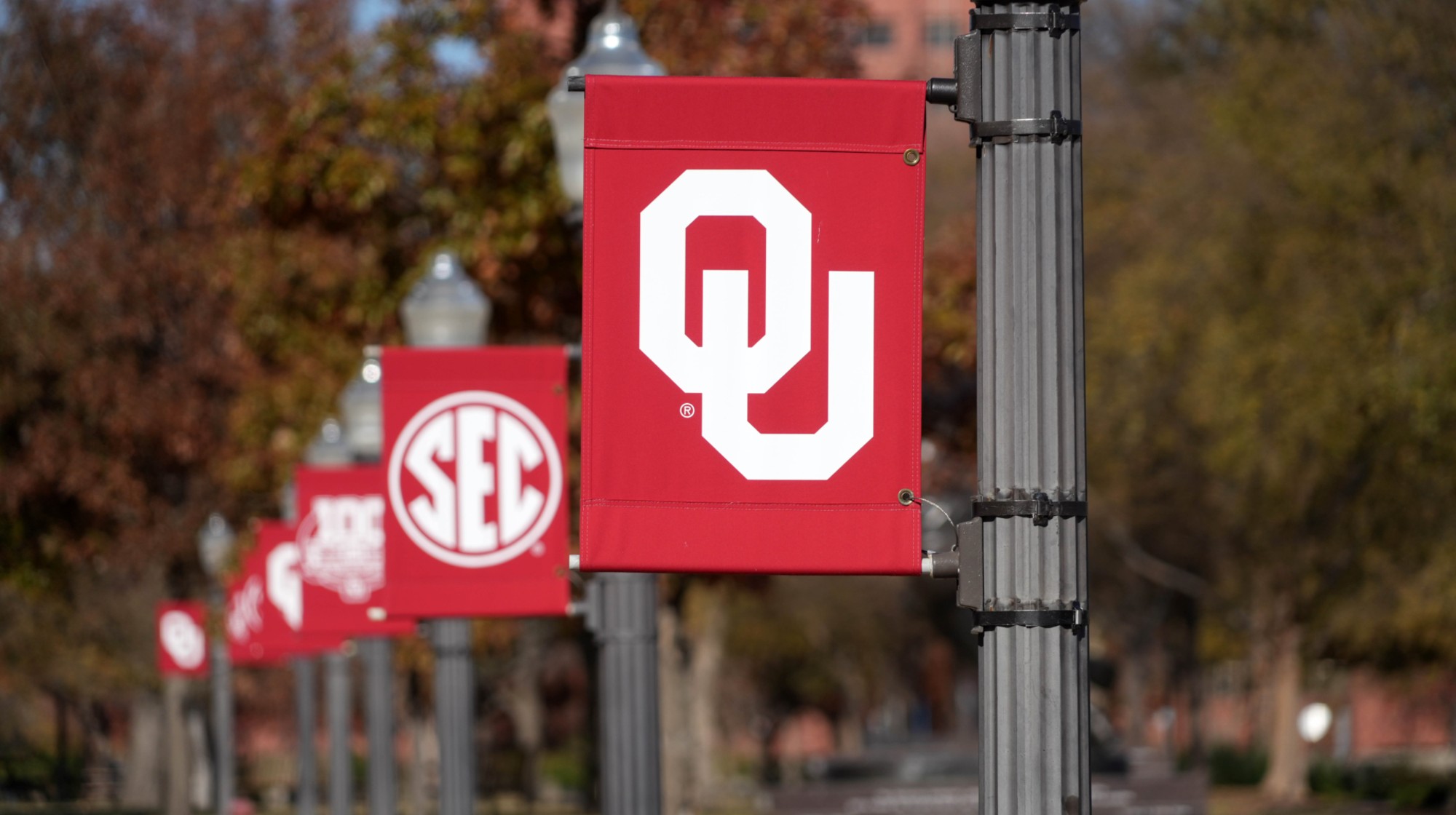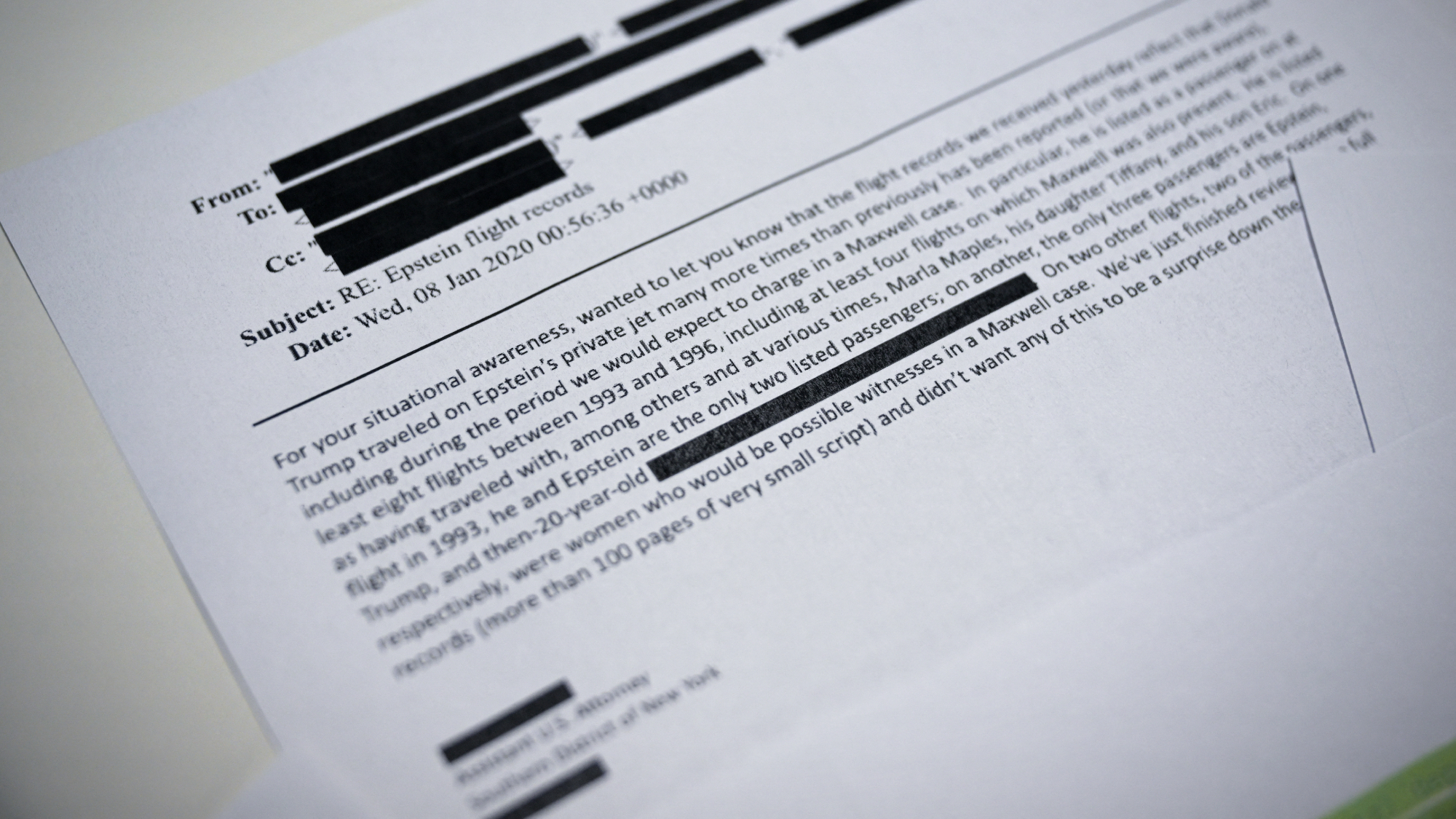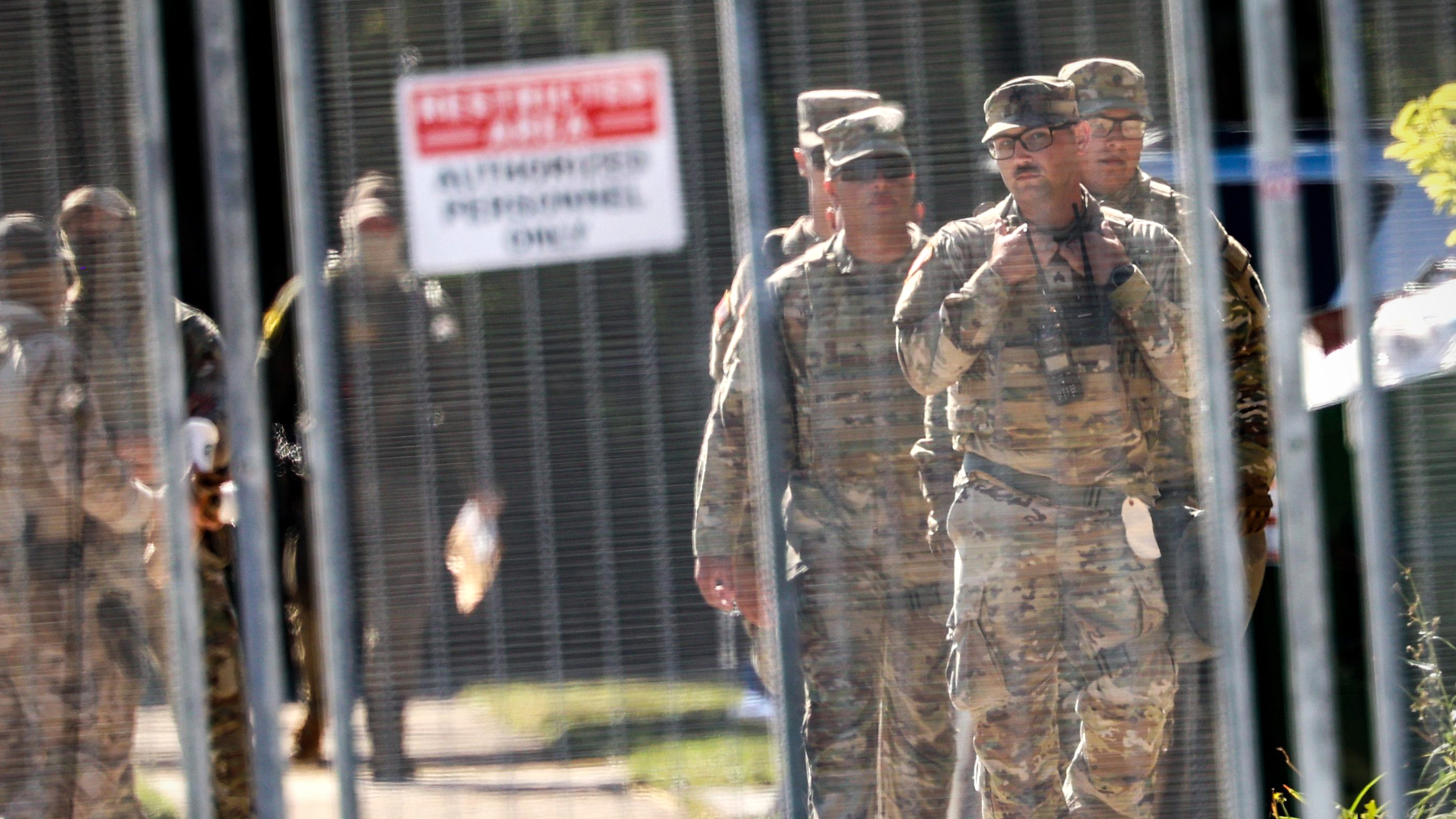When Santa fought for the Union
How the bloodshed and turmoil of the Civil War helped make the modern American Christmas.

How the bloodshed and turmoil of the Civil War helped make the modern American Christmas. Here's everything you need to know.
What was Christmas like in the war?
For a country locked in the bloodiest conflict of its history, Christmas was a moment of hope and pain. Its celebration of family togetherness tapped into the yearnings of homesick soldiers and the loved ones they’d left — and heightened the agony of those whose husbands, sons and brothers were among the war’s 620,000 military dead. Margaret Cahill wrote to her Union officer husband on Dec. 26, 1861, that she tried to write him on Christmas Day, "but I felt so nervous and lonely I could not." The North and South each used the holiday as a propaganda weapon. An Atlanta newspaper declared Dixie to be "a confederacy of Christmas states," while illustrations in Harper’s Weekly depicted Father Christmas as a staunch Union supporter. And when the war ended, millions embraced Christmas as a way to reunify a broken country. "The Civil War intensified Christmas' appeal," said University of Texas historian Penne L. Restad. "Its message of peace and goodwill spoke to the most immediate prayers of all Americans."
How did Americans celebrate before 1861?
In the early 1800s, Christmas was largely a religious holiday, and one overlooked by many Americans. But by the middle of the century, Victorian-era enthusiasms had turned it into a more secular, and popular, festivity. Christmas cards and gift giving were in vogue, the first department store Santa had appeared in Philadelphia, and German-inspired Christmas trees were everywhere. In December 1853, Robert E. Lee’s daughter wrote in her diary that her father — then a superintendent at West Point, later the Confederacy’s top commander — had an evergreen decked with sugared fruit, silver foil and glass ornaments. But the season’s joy dissipated as conflict between North and South grew more likely. "Christmas has come around," an Arkansas diarist wrote in 1860, "but there is a gloom on the thoughts and countenance of all the better portion of our people." Four months later, the nation was at war.
The Week
Escape your echo chamber. Get the facts behind the news, plus analysis from multiple perspectives.

Sign up for The Week's Free Newsletters
From our morning news briefing to a weekly Good News Newsletter, get the best of The Week delivered directly to your inbox.
From our morning news briefing to a weekly Good News Newsletter, get the best of The Week delivered directly to your inbox.
How did soldiers mark Christmas?
Often, they just kept fighting. In 1862, Confederate Brigadier Gen. John Hunt Morgan staged his "Christmas Raid," smashing Union supply lines in Kentucky. Two years later, Union Maj. Gen. William T. Sherman offered the newly captured city of Savannah to President Abraham Lincoln as "a Christmas gift...with 150 heavy guns and plenty of ammunition." Ordinary troops got presents as well. Many received holiday boxes from home — containing food, clothes and maybe a bottle of whiskey — and extra rations. Some regiments would organize Christmas games, including footraces and greased pig–catching contests. In a few instances, Union and Confederate forces met to swap goods and stage snowball fights. "We forgot the biting wind, the chilling cold," one former Union soldier wrote of a momentary truce. “We forgot those men over there were our enemies, whom it might be our duty to shoot before evening."
What about the home front?
Many women spent the holiday season tending to the sick and wounded and making clothes for loved ones in uniform. Because of a shortage of materials, children typically received modest Christmas gifts, such as homemade toys, candy and popcorn balls. Union blockades meant youngsters in the South got less: Gen. Howell Cobb’s children were told not to expect Santa because the Yankees had shot him. The Richmond, Virginia, Examiner declared outright that there was no Santa, blasting St. Nick as "a Dutch toy-monger" who was completely alien to "genuine Virginia hospitality and Christmas merrymakings." But Santa would outlast the Confederacy, thanks in large part to Harper’s Weekly cartoonist Thomas Nast, who would later popularize the donkey and the elephant as symbols of the Democratic and Republican parties.
Did Nast change Santa’s image?
He turned him into a war hero. Borrowing from Clement Clarke Moore’s 1822 poem "A Visit From St. Nicholas" — better known as "Twas the Night Before Christmas" — Nast’s drawings cemented Santa in the popular imagination as a jolly, white-bearded gift giver. His St. Nick was also fiercely pro-Union. In one 1863 cartoon, Santa appears in a star-spangled suit, entertaining Union soldiers with a puppet of Confederate President Jefferson Davis hanging by a noose. Another cartoon from that year shows Santa approaching a chimney while, in separate circles, a woman prays at home and her soldier husband, on picket duty by a campfire, looks at photos of his family. President Lincoln took notice, calling Nast "our best recruiting sergeant." By 1865, Nast’s Santa was proclaiming "Merry Christmas to All” in a display of postwar goodwill — a message undercut only slightly by the cartoonist’s inclusion of the severed heads of several Confederate generals.
What happened after the war?
Christmas became an opportunity for reconciliation. Nast’s 1866 illustration "Santa Claus and His Works" depicts St. Nick in his toy workshop — located for the first time at the North Pole, which Nast chose for its political neutrality. On Christmas Day 1868, outgoing President Andrew Johnson, who had just survived impeachment, unconditionally pardoned all former Confederate soldiers and leaders for their treason. Two years later, Congress decreed Dec. 25 one of the first federal holidays. The scars of the Civil War would never fully disappear. But Christmas' "new customs and meanings helped the nation to make sense of the confusions of the era," said historian Restad, "and to secure, if only for a short while each year, a soothing feeling of unity."
A free daily email with the biggest news stories of the day – and the best features from TheWeek.com
Christmas in chains
For the nearly 4 million Black American slaves, Christmas in the mid-1800s was a treacherous time. Some would be granted days off by owners, and given food, small presents, and passes to travel and visit family. Romanticized tales of plantation Christmases would sustain Lost Cause nostalgia long after 1865. But that veneer of benevolence, Frederick Douglass wrote, masked the slaveowners’ real goal: "keeping down the spirit of insurrection." Panics over Christmastime slave revolts in the Caribbean meant that any suspicious seeming behavior could lead to whippings or execution. Come New Year’s Day, owners often hired out slaves, tearing families apart. Some slaves used the small freedoms they received over Christmas to escape. In December 1848, married couple William and Ellen Craft — granted a travel pass by their owners in Macon, Georgia — fled north by train and steamer. The light-skinned Ellen disguised herself as an injured white man, with William playing “his” manservant. They arrived in Philadelphia on Christmas Day. "Thank God, William," Ellen told her husband, "we’re safe!"
This article was first published in the latest issue of The Week magazine. If you want to read more like it, you can try six risk-free issues of the magazine here.
-
 Decking the halls
Decking the hallsFeature Americans’ love of holiday decorations has turned Christmas from a humble affair to a sparkly spectacle.
-
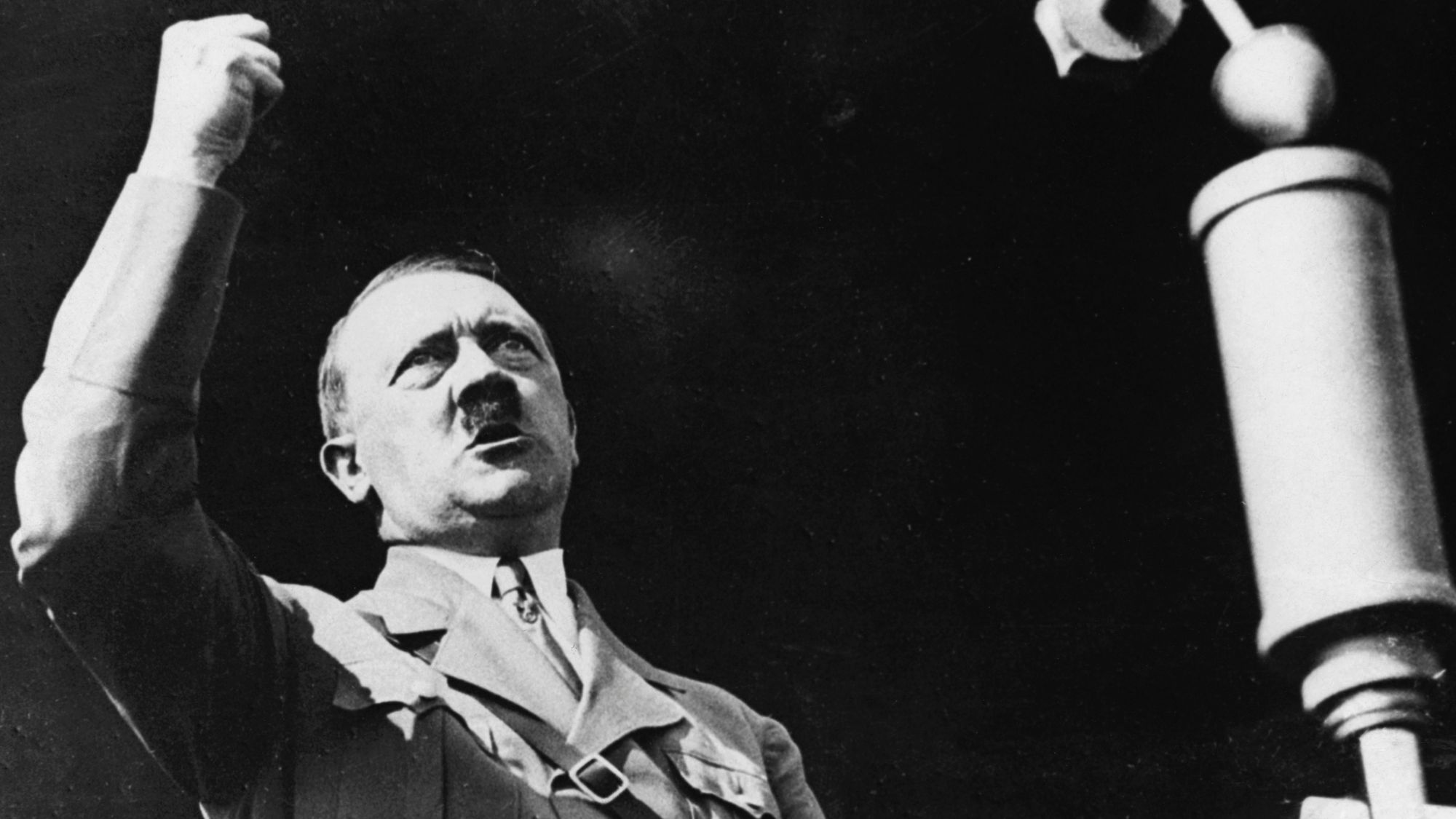 Hitler: what can we learn from his DNA?
Hitler: what can we learn from his DNA?Talking Point Hitler’s DNA: Blueprint of a Dictator is the latest documentary to posthumously diagnose the dictator
-
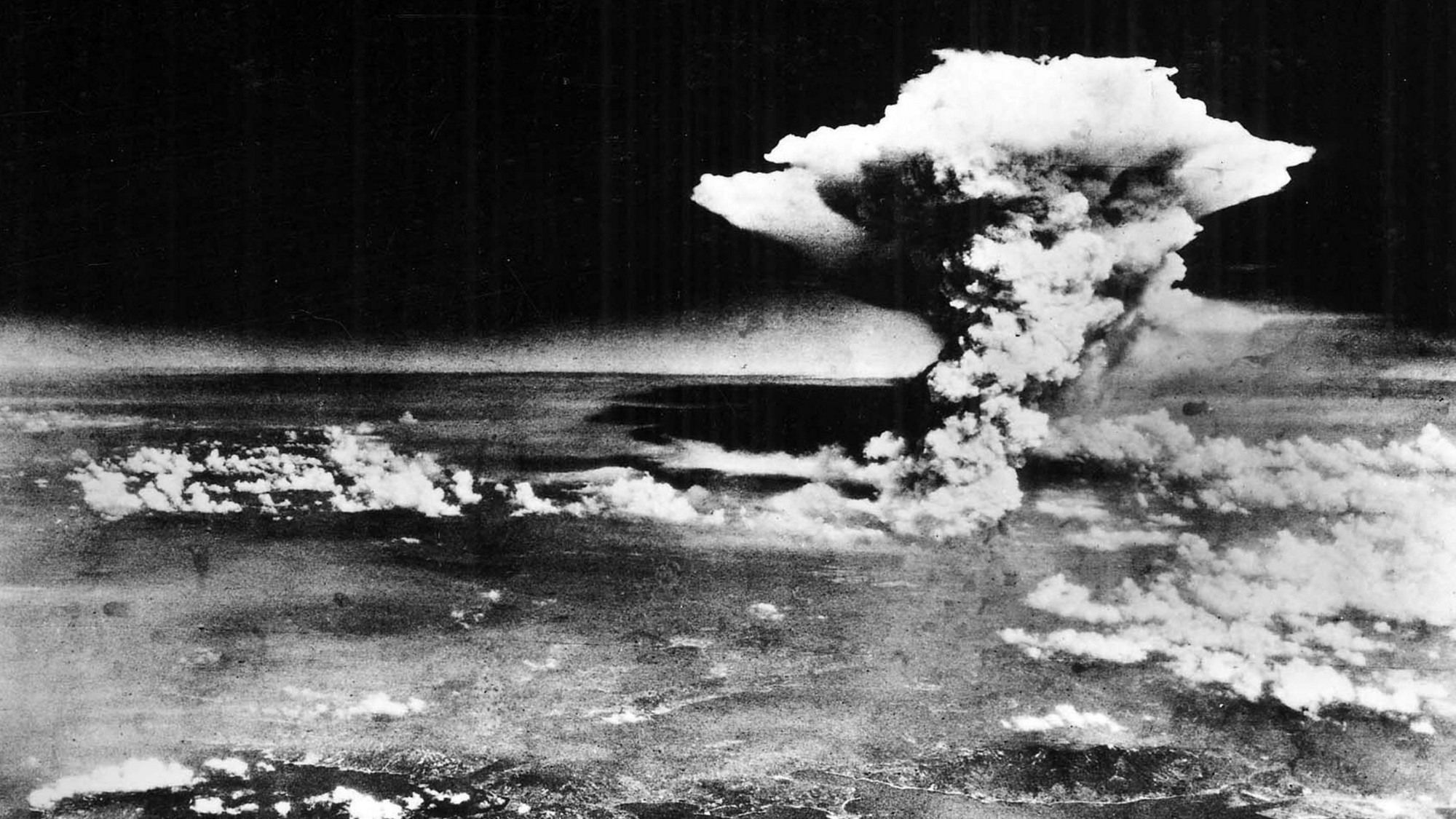 America's controversial path to the atomic bomb
America's controversial path to the atomic bombIn Depth The bombing of Hiroshima followed years of escalation by the U.S., but was it necessary?
-
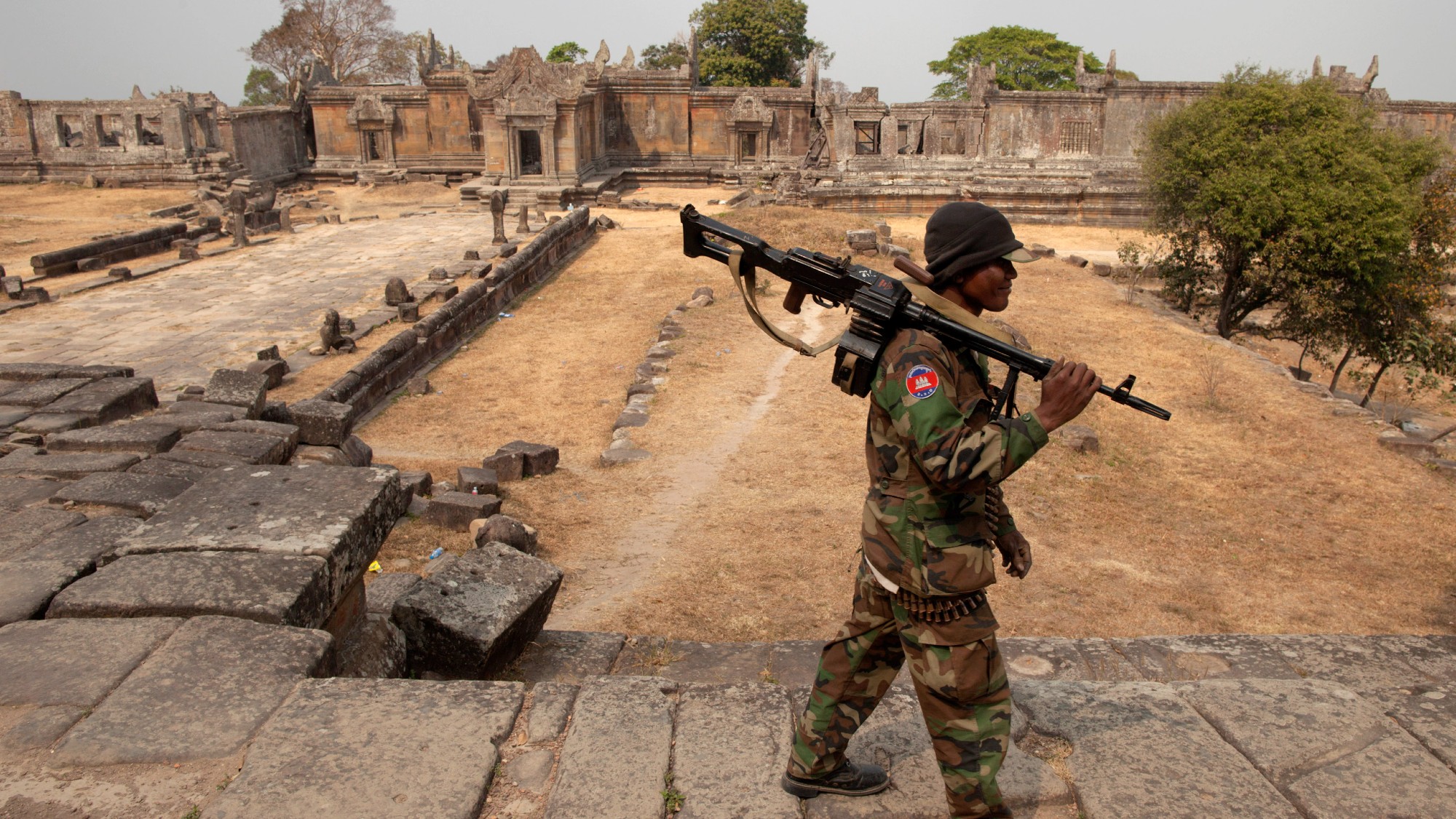 Thailand-Cambodia border conflict: colonial roots of the war
Thailand-Cambodia border conflict: colonial roots of the warIn Depth The 2025 clashes originate in over a century of regional turmoil and colonial inheritance
-
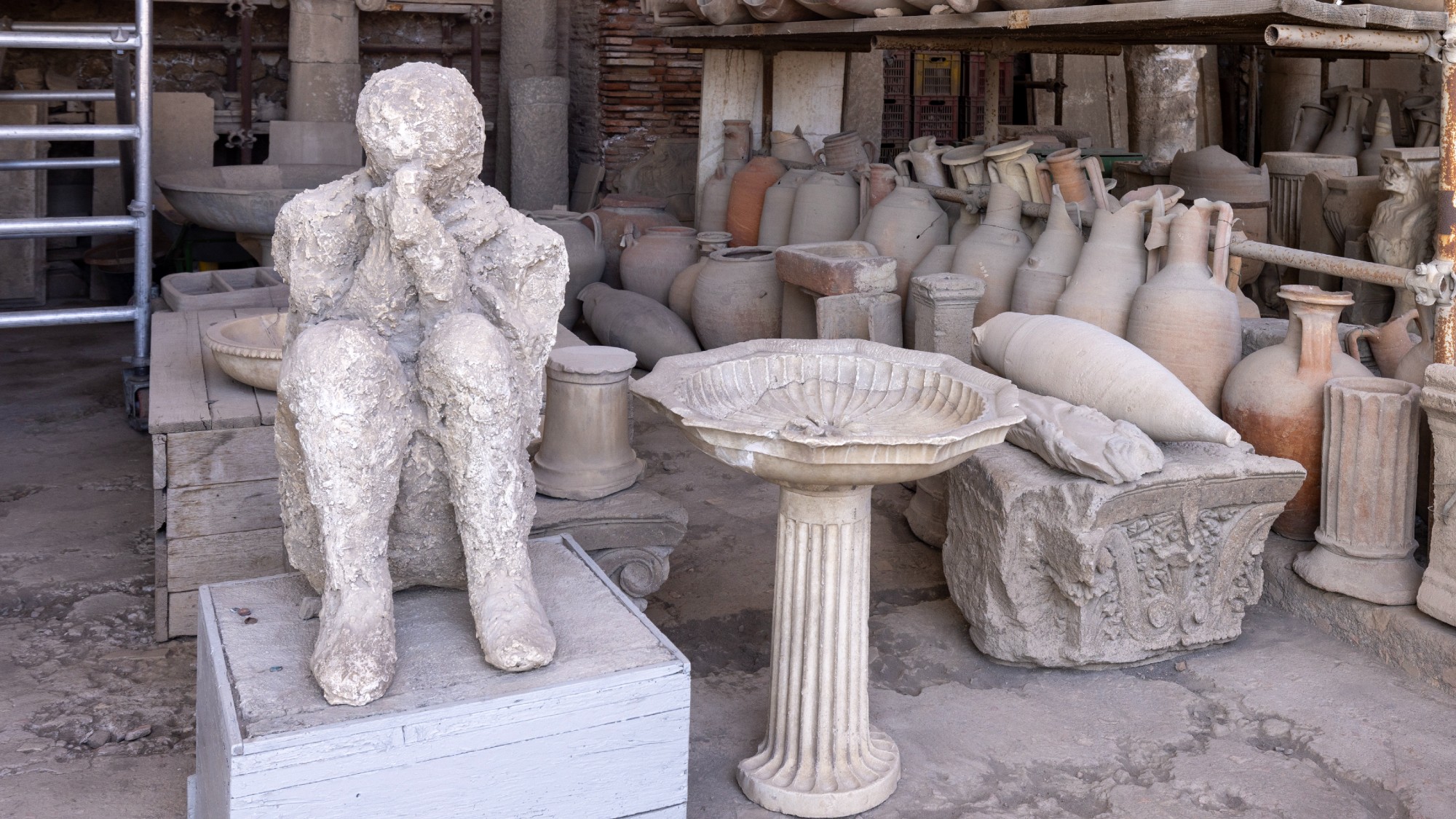 The seven strangest historical discoveries made in 2025
The seven strangest historical discoveries made in 2025The Explainer From prehistoric sunscreen to a brain that turned to glass, we've learned some surprising new facts about human history
-
 How did Kashmir end up largely under Indian control?
How did Kashmir end up largely under Indian control?The Explainer The bloody and intractable issue of Kashmir has flared up once again
-
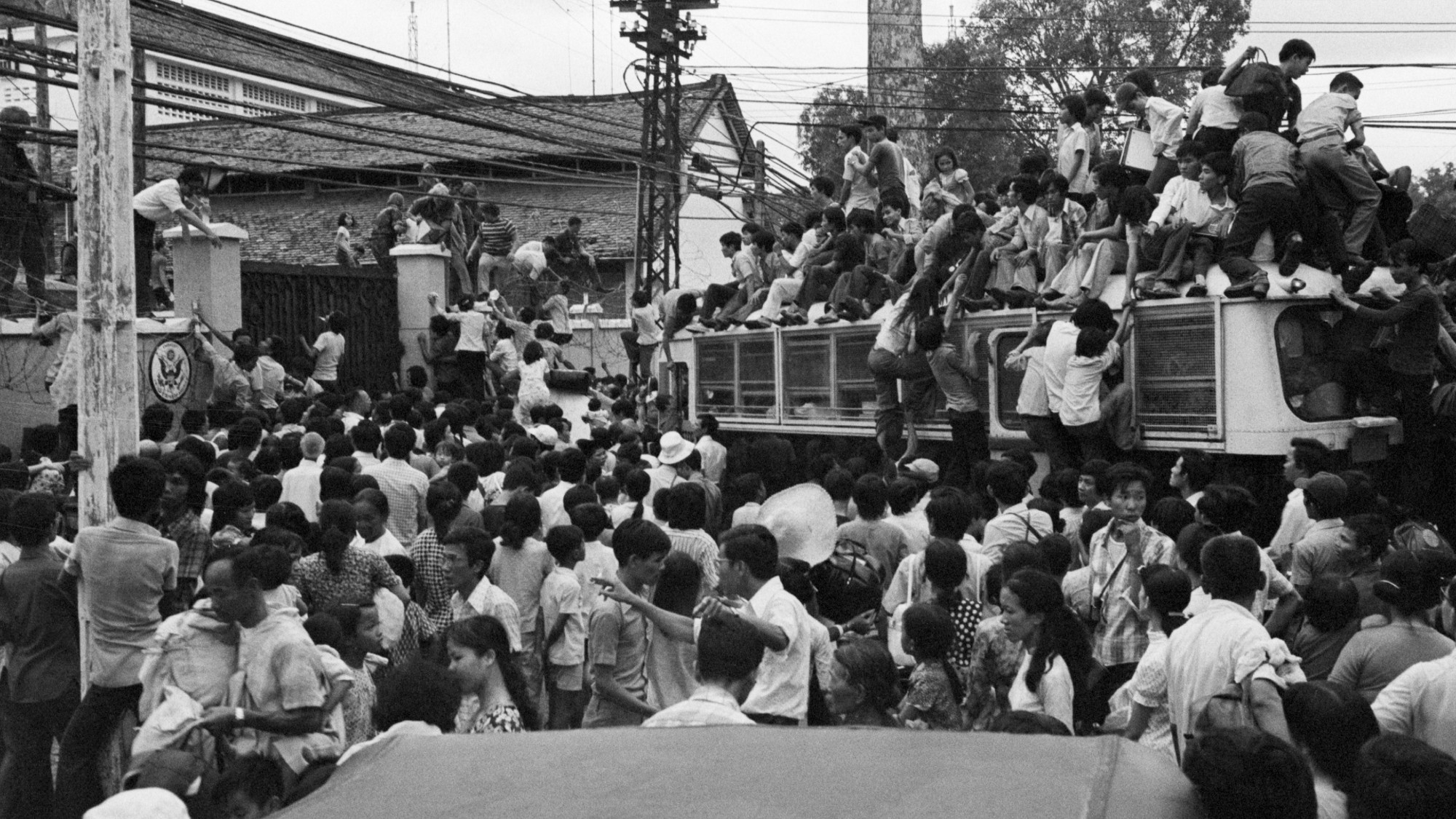 The fall of Saigon
The fall of SaigonThe Explainer Fifty years ago the US made its final, humiliating exit from Vietnam
-
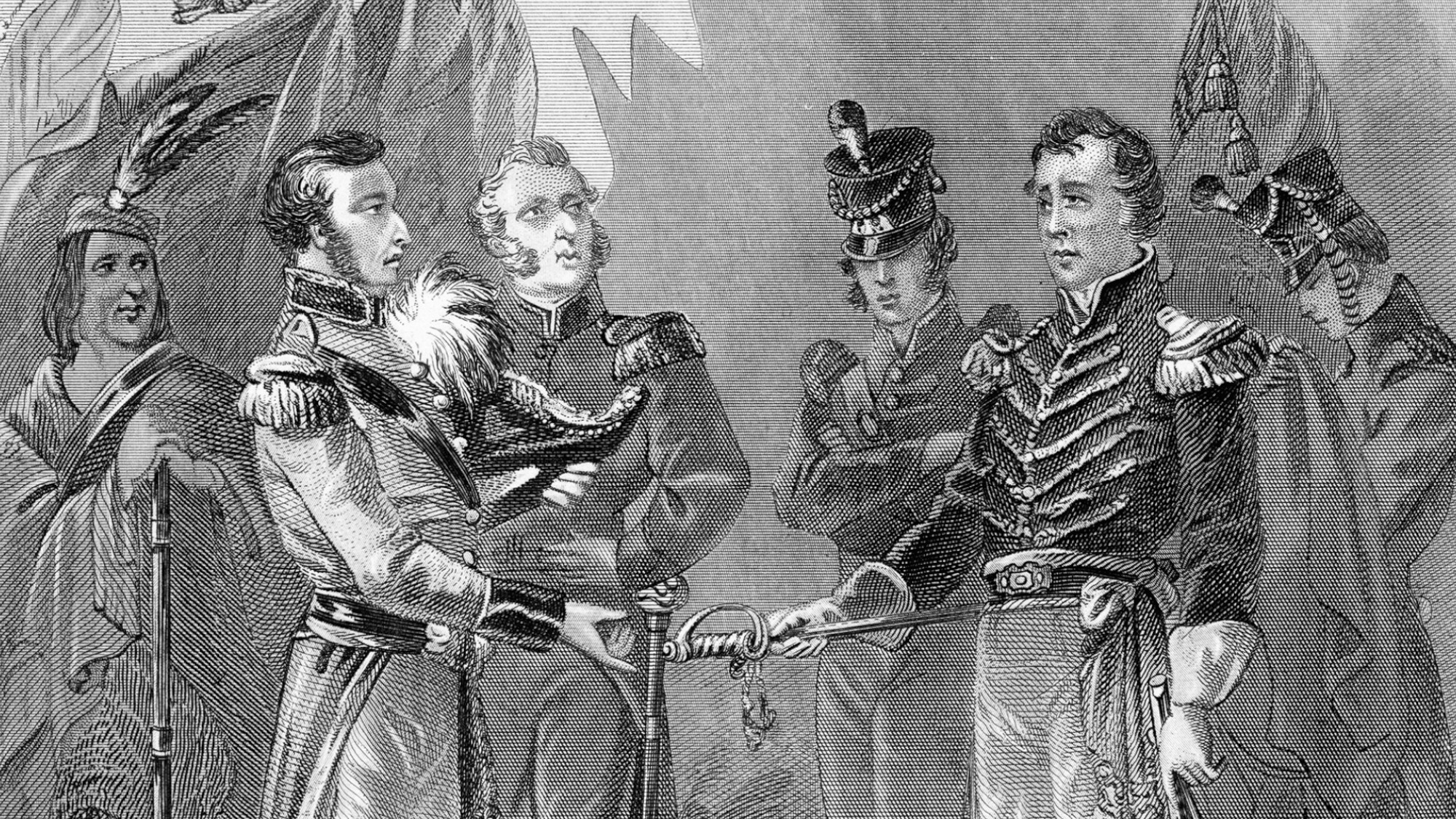 When the U.S. invaded Canada
When the U.S. invaded CanadaFeature President Trump has talked of annexing our northern neighbor. We tried to do just that in the War of 1812.
